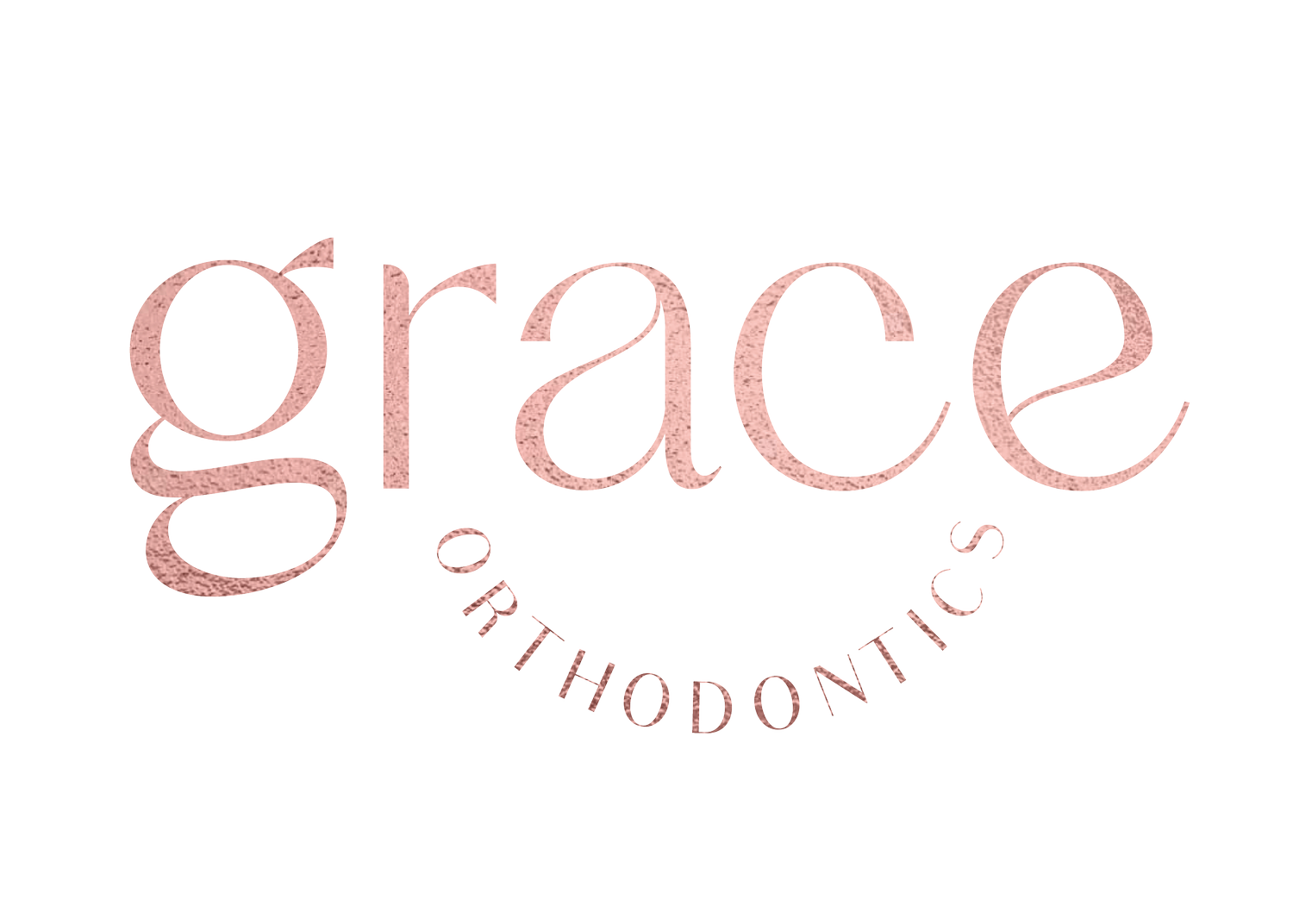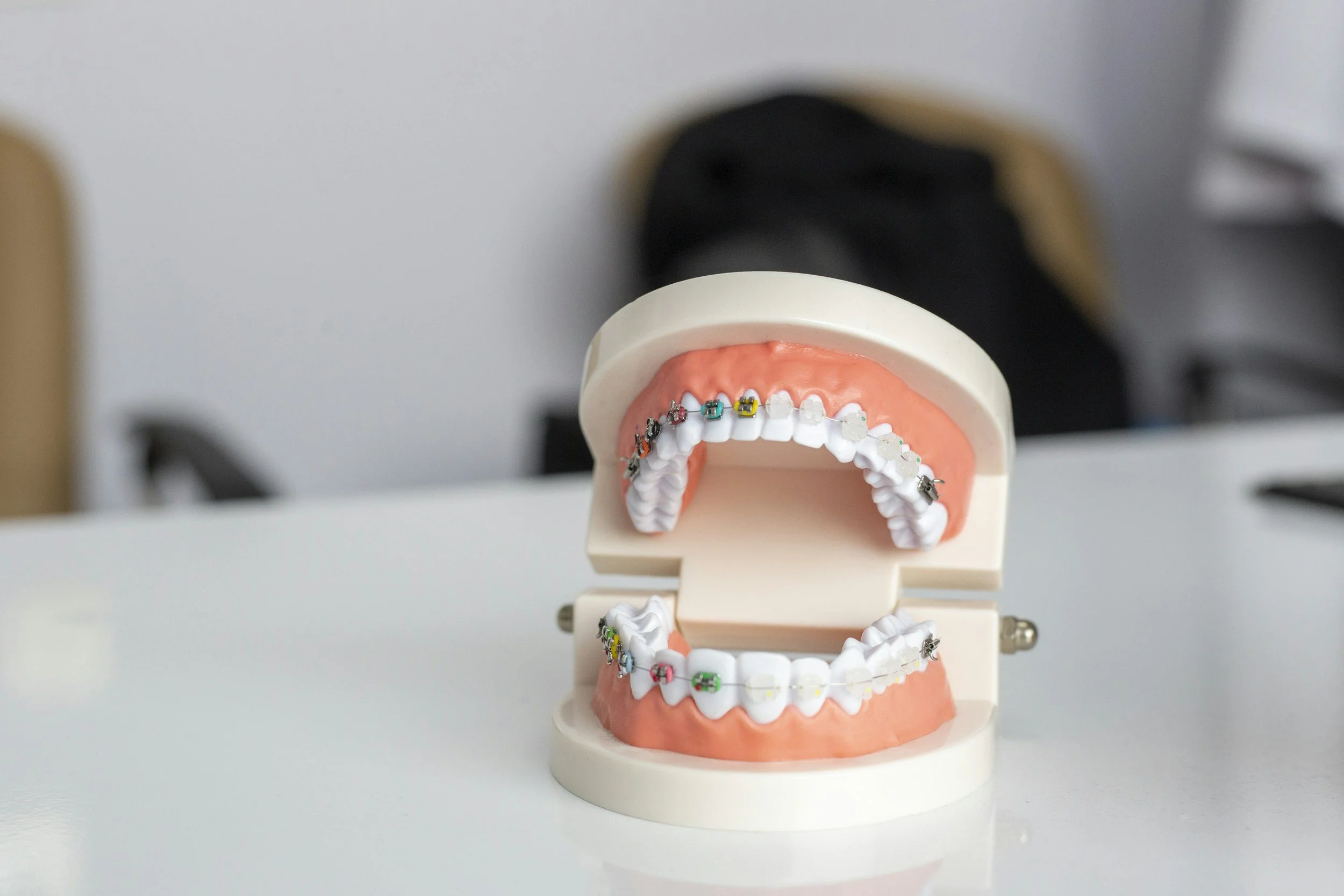Invisalign Financing: Payment Plans, Insurance, and Flexible Spending Options
Invisalign aligners are an investment in your oral health and confidence.
Are you interested in Invisalign, but curious about how much it costs? You’re in the right place.
We see a straighter smile as more than a cosmetic upgrade - it’s an investment in your oral health and confidence. But price is still a big factor. The good news is that with options like Invisalign payment plans, insurance coverage, and flexible spending accounts, you can make treatment work for your budget.
This quick guide explains everything you need to know about financing Invisalign in a way that really works for YOU. After all, that’s what it’s all about.
Understanding the Cost of Invisalign
Contrary to what you might assume, Invisalign costs about the same as braces. In fact, here at Grace Orthodontics, the cost is really identical, but the final price tag comes down to a few key factors:
The complexity of your specific case
The length of your treatment plan
Your provider’s experience level
The first two points might be intuitive, but let’s camp out on the third for a bit. If you work with a Diamond Plus Invisalign provider, for example, their advanced expertise and precise treatment plans impact the bottom line in a tangible way. Why? Well, experience matters and can drive costs down.
Higher-level providers not only offer more effective care, but also access to the very best tools and technology: 3D imaging and custom aligner design often result in shorter treatment times and more predictable outcomes. This means fewer adjustments, less time in the orthodontist’s chair, and more consistent results overall. Take a look at this article for a more in-depth look at local treatment options: Understanding Invisalign Provider Levels: From Bronze to Diamond Plus.
Invisalign Payment Plans
Discuss Invisalign payment options with a specialist.
One of the most popular ways to finance Invisalign is through payment plans. Orthodontic offices, including Grace Orthodontics, often offer flexible financing options that break the total cost into manageable monthly installments.
The benefits of payment plans include:
Affordability: Spread the cost over time instead of paying upfront.
Flexibility: Options tailored to your budget, including interest-free plans in some cases.
Accessibility: Payment plans make Invisalign achievable for more patients, regardless of their financial situation.
By working directly with your orthodontist, you can find a plan that works for you. As we like to say, you should never have to choose between your smile and your budget.
Invisalign Insurance Coverage
Start by taking a close look at your policy. Many dental insurance plans provide coverage for Invisalign treatment, similar to traditional braces. Coverage often ranges up to $3,000, with most patients qualifying for between $1,500 and $3,000 in orthodontic benefits.
The next step is to make the very most of your Invisalign insurance coverage:
Check Your Policy: Review your dental insurance plan to confirm whether orthodontic treatments, including Invisalign, are covered and what percentage or maximum amount is included.
Use the My Invisalign™ App: This app can help you explore your insurance coverage and understand your benefits more easily.
Ask for Provider Assistance: Many orthodontic offices, including Grace Orthodontics, offer support with insurance verification and claims, ensuring you maximize your coverage.
Insurance benefits can put a serious dent in the cost of Invisalign, making treatment affordable and stress-free. If you’re unsure about your coverage, schedule a consultation to get help navigating your options.
Paying for Invisalign with Flexible Spending and Health Savings Accounts
Your FSA or HSA can help make Invisalign treatment affordable.
If you’re looking for additional ways to make Invisalign more affordable, Flexible Spending Accounts (FSAs) and Health Savings Accounts (HSAs) can be excellent options. Both allow you to set aside pre-tax income to cover eligible medical expenses, including orthodontic treatments like Invisalign.
Need a quick refresher on how they work?
What is an FSA?
An FSA is a tax-advantaged account provided by many employers as part of their benefits package. You can contribute a set amount of your pre-tax earnings to the account each year, and these funds can be used for qualifying healthcare costs, including Invisalign. It’s important to note that FSAs have a “use-it-or-lose-it” rule, meaning funds must typically be spent within the plan year.
What is an HSA?
An HSA is a savings account available to individuals with high-deductible health plans (HDHPs). Like an FSA, it allows you to save pre-tax dollars for eligible medical expenses. However, HSAs have key advantages:
Funds Don’t Expire: Unlike FSAs, the money in your HSA rolls over year after year, so you can save for larger expenses over time.
Portable Accounts: If you change jobs, your HSA stays with you, as it’s not tied to your employer.
Growth Potential: Many HSAs offer investment options, allowing your unused funds to grow tax-free over time.
How To Use FSAs and HSAs for Invisalign
Bringing it full circle, here’s how to use the tax benefits to your advantage:
Confirm that your account considers orthodontic treatment to be an eligible expense (most do).
Allocate sufficient funds during your enrollment period (for FSAs) or contribute regularly to your HSA.
Use your account debit card or submit a claim for reimbursement after paying out-of-pocket.
By using pre-tax dollars, FSAs and HSAs effectively lower your overall cost of treatment, making Invisalign a more accessible option for your budget. Just be sure to check contribution limits and plan details to maximize your savings.
What’s Your Takeaway?
Affordable Invisalign plans are within reach with the right provider
If we boil it all down? You have options. Don’t assume Invisalign is a “luxury” item that won’t be covered, or that out-of-pocket expenses are prohibitive. By partnering with the right plan and the right provider, there are plenty of ways to achieve a healthy smile without breaking your budget.
If you have more questions, please feel free to contact us at Grace Orthodontics, serving Fort Lee, Edgewater, Cliffside Park, and surrounding areas in Bergen County, NJ. We’d love to speak with you.
FAQs About Paying for Invisalign
Q. Are Invisalign payment plans interest-free?
Many providers offer interest-free payment plans, but the terms depend on the specific office and the length of the plan.
Q. Does insurance cover the entire cost of Invisalign?
Insurance usually covers a portion of the cost, but it rarely pays for the entire treatment. Coverage limits depend on your individual policy.
Q. Can I use both insurance and an FSA or HSA for Invisalign?
Yes, you can combine these options to maximize your savings and reduce out-of-pocket costs.







